Since I launched the matrix tool, there have been many great suggestions for improvements, and I’ve just released an update that includes several of these.
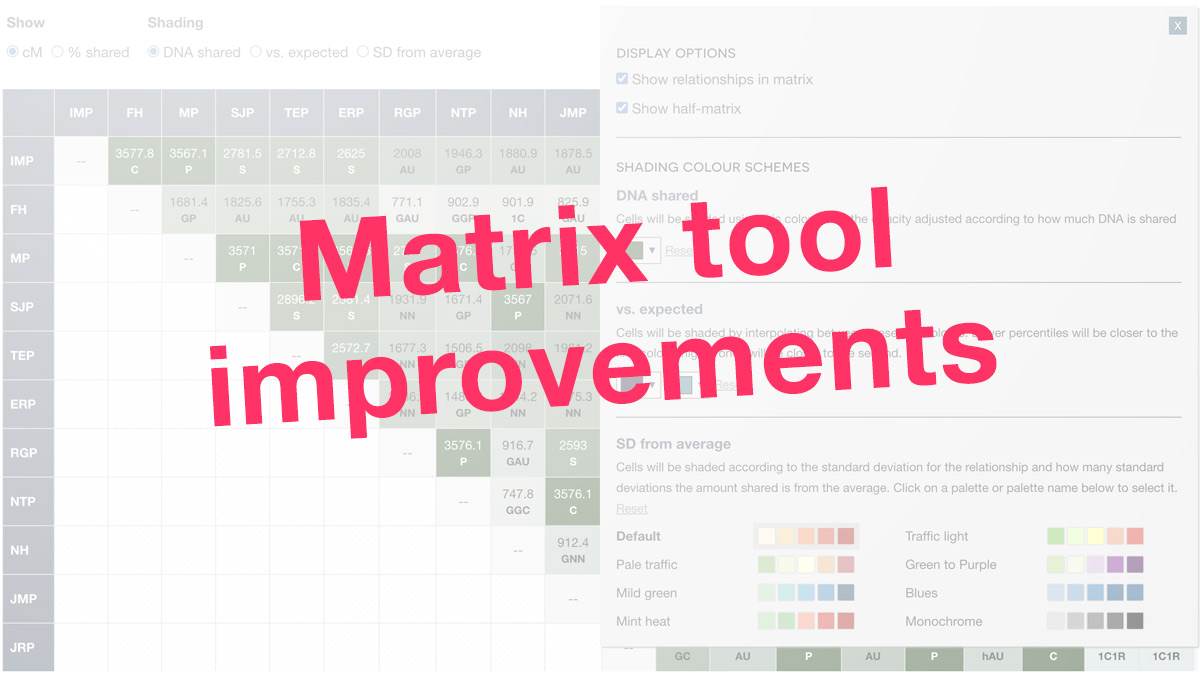

Since I launched the matrix tool, there have been many great suggestions for improvements, and I’ve just released an update that includes several of these.
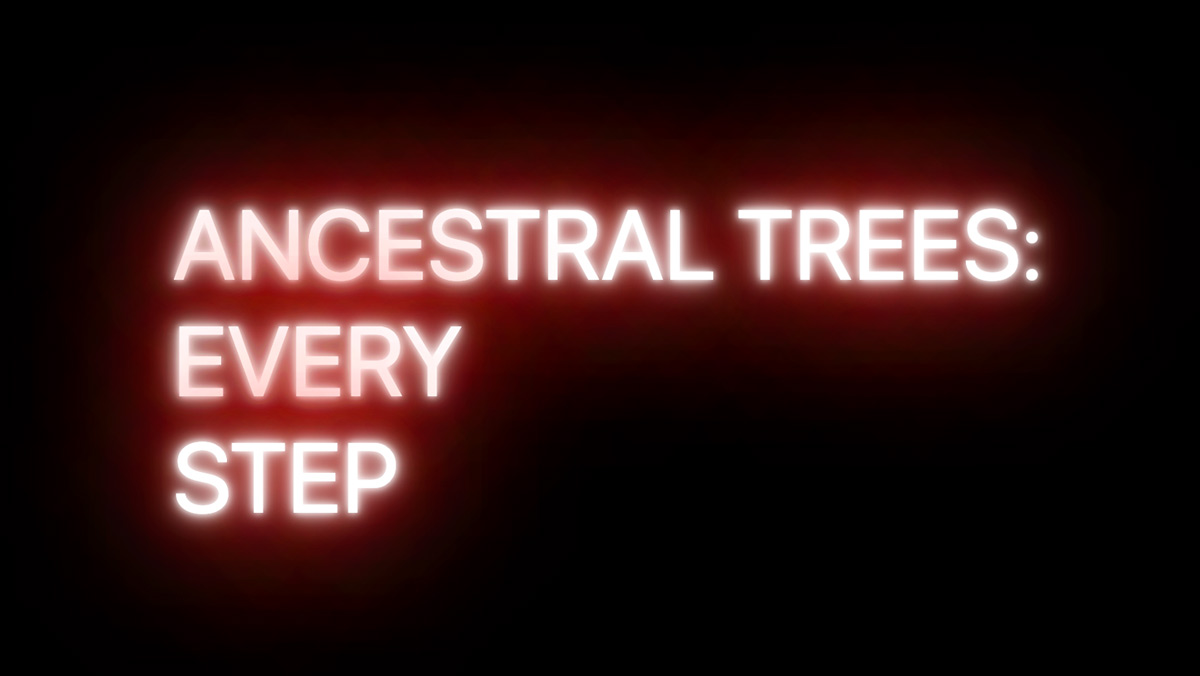
An ancestral tree at DNA Painter is an interactive chart of just one person’s direct line: Here are the steps involved in creating one. Before you start, you’ll need to have registered for a free DNA Painter account. I have a separate guide confirming how to to do that. Step 1: Log in Go to

What are the Odds? (WATO) can be very helpful for those investigating genealogical mysteries such as unknown parentage. WATO is a web application released in 2018 and based on concepts developed by Leah Larkin and documented in her series Science the heck out of your DNA. In 2024, I released an overhauled version of WATO:
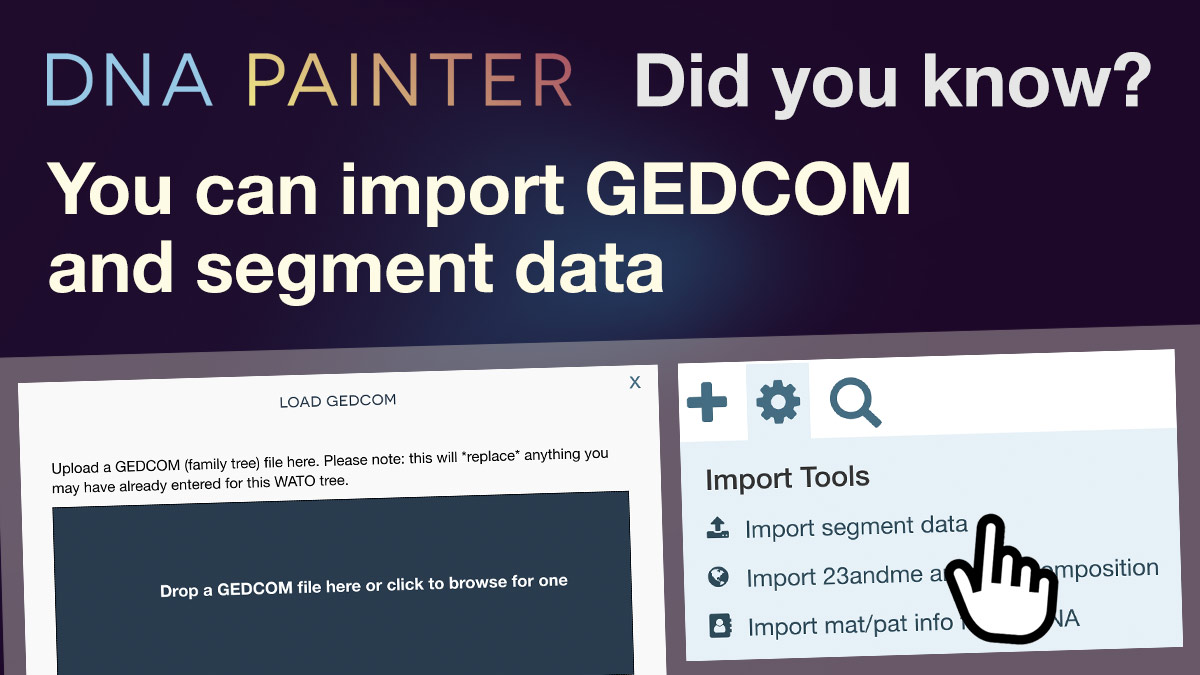
In this post I will explain how you can import GEDCOM and segment data into the site. As a reminder, DNA Painter does not use raw DNA data.
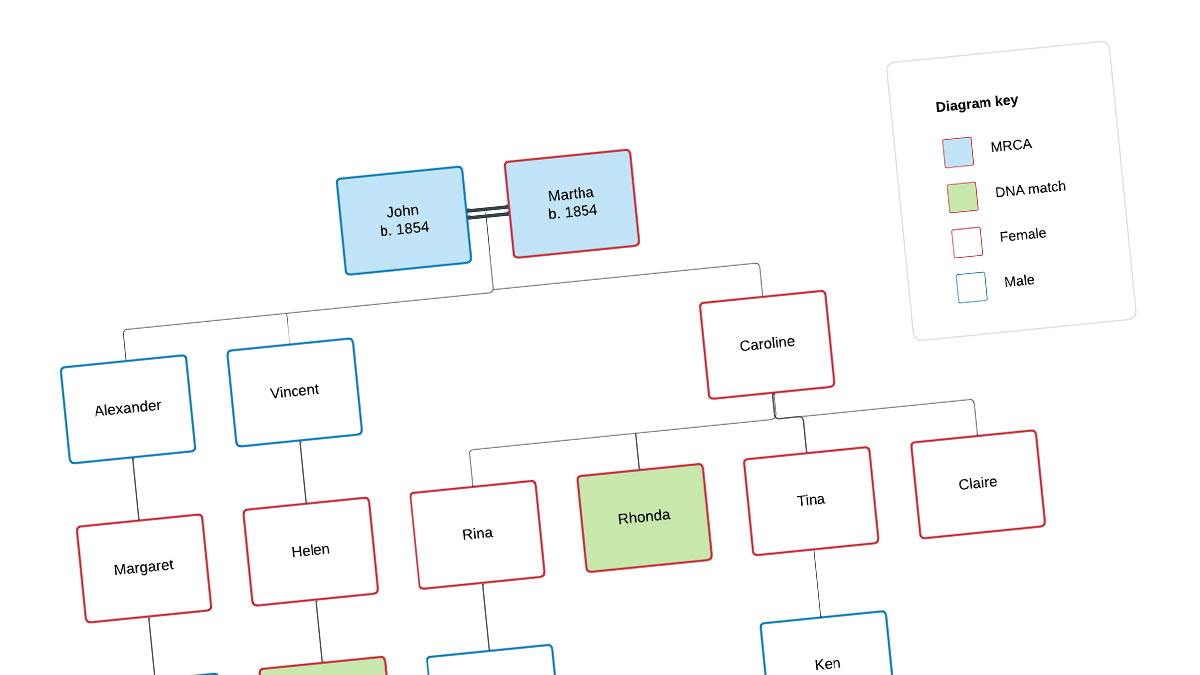
For this guest post, I’m pleased to welcome Jennifer Wiebe, a professional genealogist based in Montréal, Quebec. In this article, Jennifer discusses the steps involved in using WATO plus to find an unknown parent.
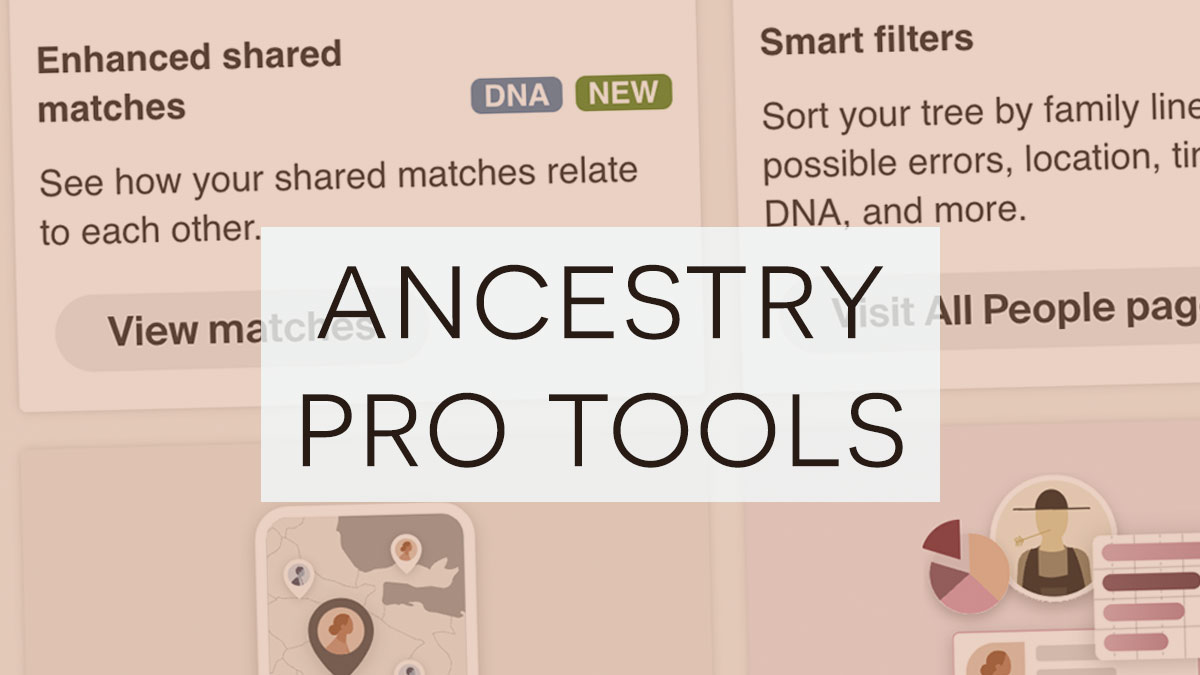
In case you didn’t hear, you can now see how much DNA your matches share with each other within Ancestry Pro Tools. I’ve been very patient, and this feature finally arrived for me late on the evening of June 24th, 2024.
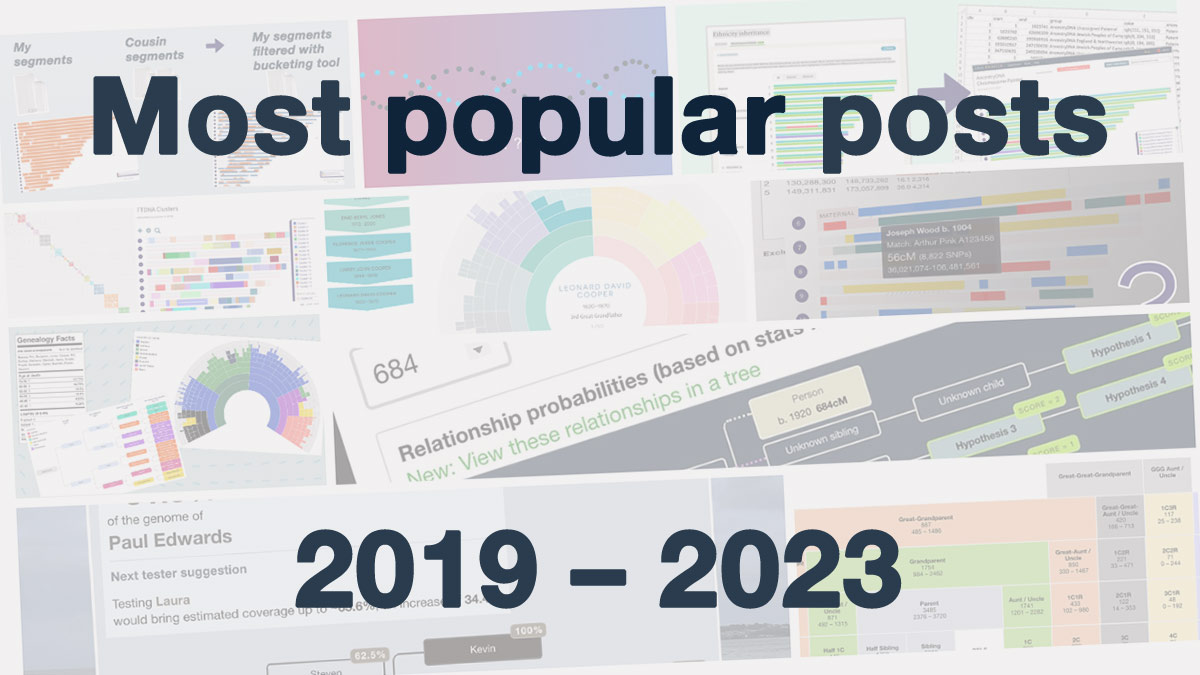
I launched the DNA Painter blog on December 30th, 2019. The last four years have seen the release of several new tools. I’ve also been delighted to present several fascinating guest posts. Here is a recap on the ten most popular posts to date, measured by the number of page views.
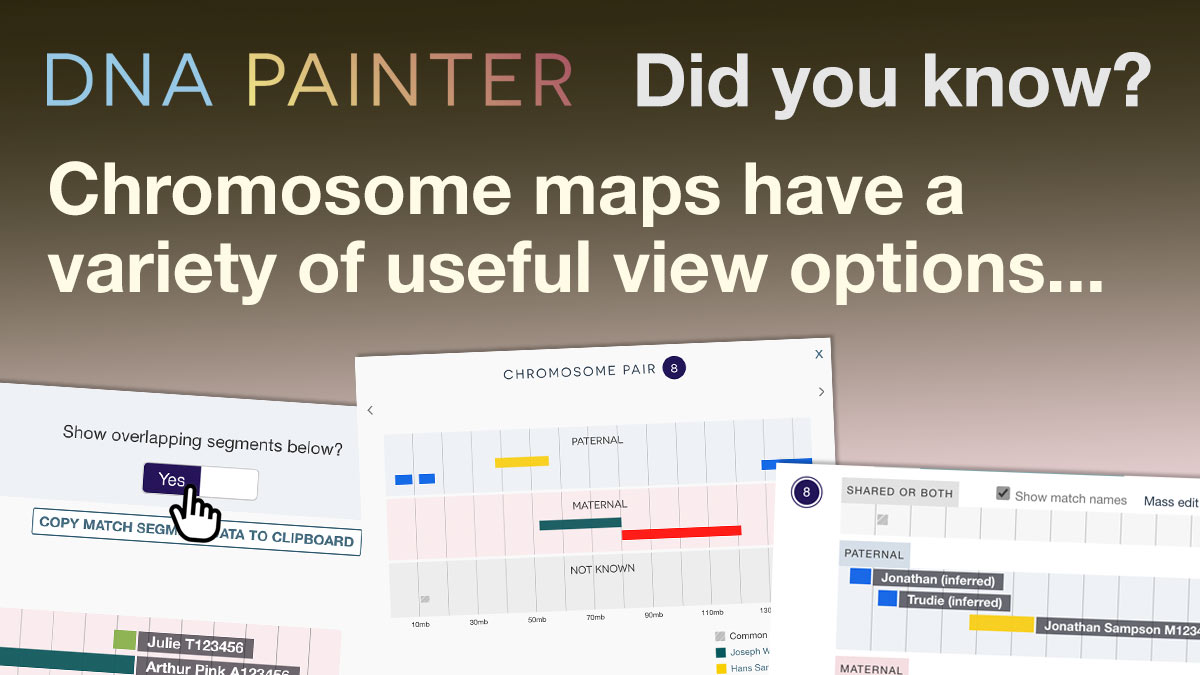
The fifth post in a series aiming to surface features at DNA Painter that you might not be aware of. This time I’m focusing on different views within your chromosome map.
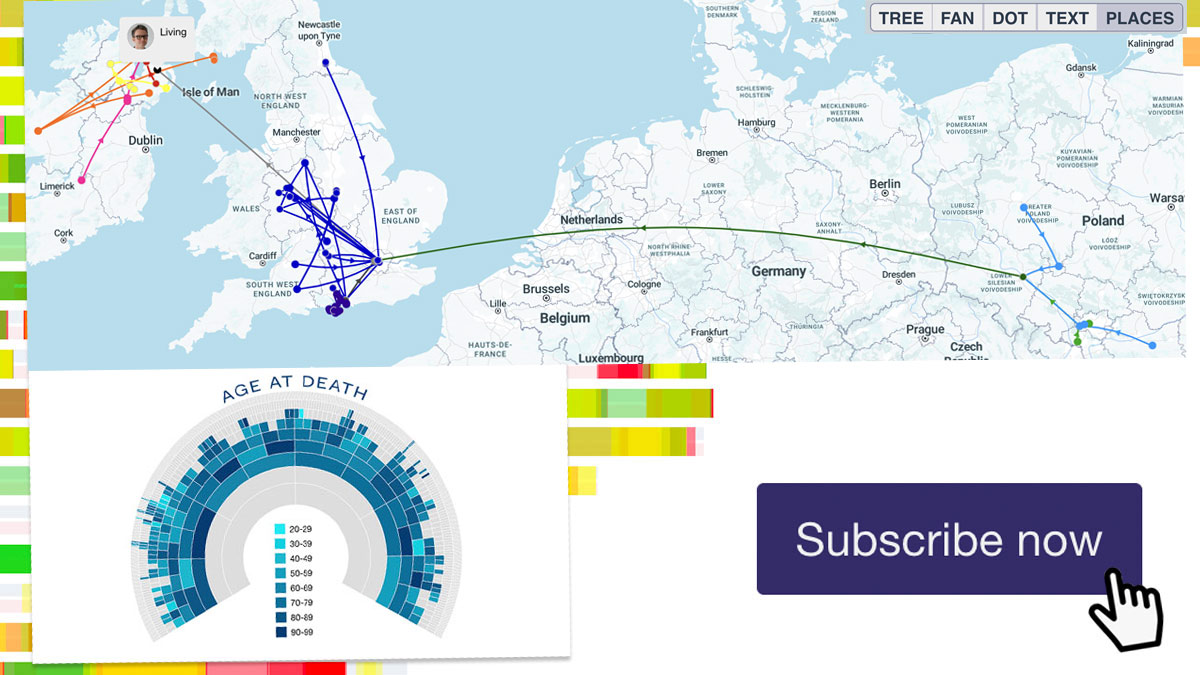
As of September 2023, it will be five years since I launched subscriptions at DNA Painter. In this article I’ll summarize why you might want to subscribe, and what you get if you do.
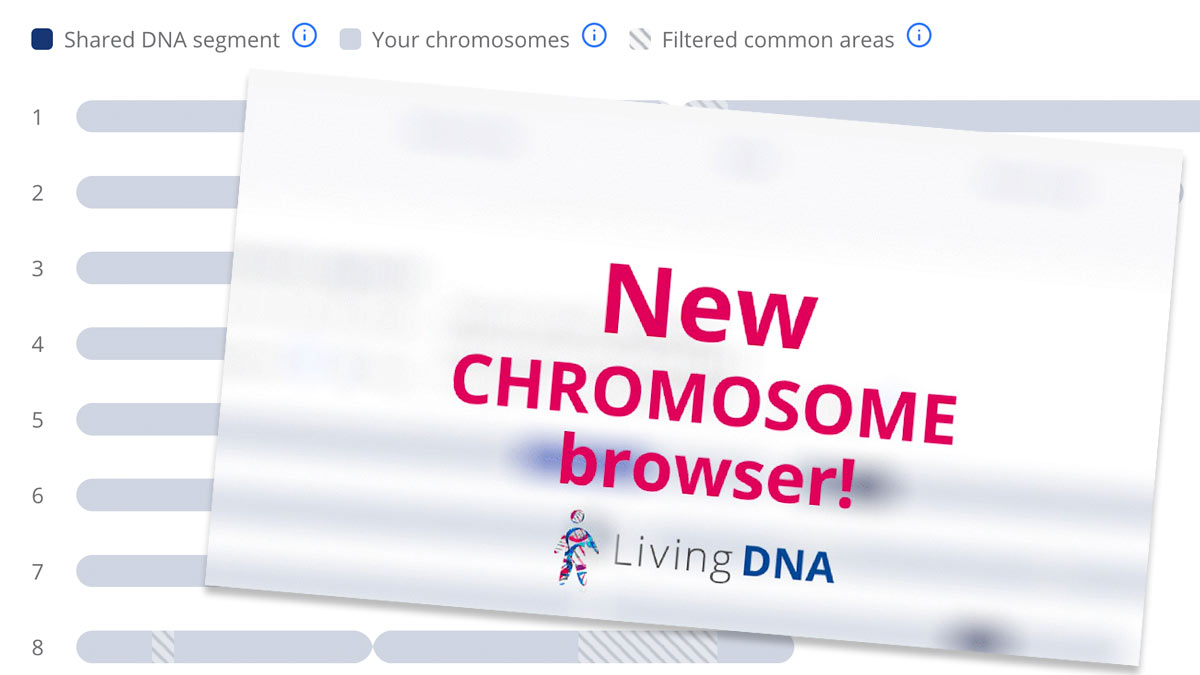
Today, the British testing company Living DNA announced that they’ve added a chromosome browser. In this post I’ll explain what the new feature does and give my first impressions of this first release. I’ll also explain how you can use this data in your DNA Painter chromosome map.